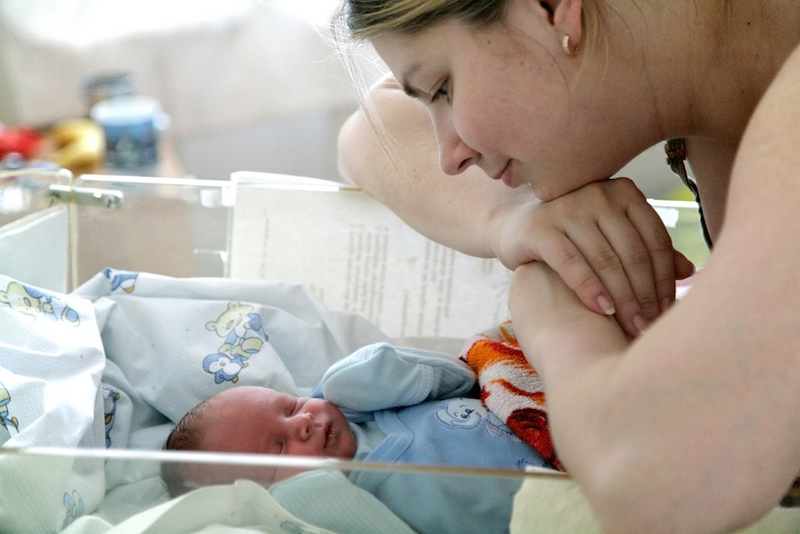Vaginal Cutting During Childbirth Is on the Decline

It is becoming less common for doctors in the U.S. to make incisions in a woman's vagina and pelvic floor muscles during childbirth, in the wake of 2006 recommendations against the procedure, new research finds.
Episiotomies, deliberate cuts in the perineum, which is the tissue between the vagina and the anus, were once standard practice during vaginal deliveries. Doctors believed the procedure eased childbirth, and allowed women's bodies to heal better than after natural tears, but those benefits weren't borne out. In fact, studies suggest that episiotomies are often more severe than natural tears and that they can be linked to anal incontinence and future pain during sex, according to the American College of Obstetricians and Gynecologists (ACOG).
ACOG recommended against routine episiotomies in 2006.
"As a result, doctors and midwives are using the procedure less frequently," said Dr. Alexander Friedman, an OB-GYN at Columbia University Medical Center in New York, who led the new study.
However, a woman's chances of getting an episiotomy depend heavily on where she delivers her baby, Friedman told Live Science. [Blossoming Body: 8 Odd Changes That Happen During Pregnancy]
Procedure in decline
In the 1970s, more than 60 percent of vaginal births were accompanied by an episiotomy, a number that had already declined to about 25 percent by 2004. But no one had studied whether episiotomies continued to decrease after the new recommendations came out. Friedman and his colleagues looked at data in the Perspective insurance database, which records billings for medical procedures at more than 500 hospitals nationwide. They gathered records of episiotomies that were done as a matter of routine, excluding cases of difficult deliveries where the doctor might have no choice but to cut.
Sign up for the Live Science daily newsletter now
Get the world’s most fascinating discoveries delivered straight to your inbox.
Between 2006 and 2012, the researchers found, nearly 2.3 million women gave birth vaginally at these 510 U.S. hospitals. Of these, about 325,000 had episiotomies — a total of 14.4 percent. And, the researchers found, use of the procedure declined over time. In 2006, 17.3 percent of vaginal births involved episiotomies. In 2012, the number dropped to 11.6 percent.
There was, however, wide variation among hospitals. At the facilities that used episiotomies the most, 34 percent of women underwent the procedure, compared with 2.5 percent of women at hospitals with the fewest episiotomies.
Nonmedical choices?
The researchers noted that some factors not related to medicine played a role in the differences in the episiotomy rate across hospitals. For example, rural hospitals performed fewer episiotomies than urban ones, and teaching hospitals used fewer episiotomies than non-teaching hospitals. They also found that white women were almost twice as likely to undergo the procedure as black women (15.7 percent versus 7.9 percent in the database). And insurance coverage seemed to have some influence: 17.2 percent of women using commercial health insurance got episiotomies, versus 11.2 percent using Medicaid.
"Our data — particularly the variation between hospitals — does suggest that episiotomy use could be further reduced by improving care quality," Friedman said.
There is no known "right" level of episiotomy use, he said, but hospitals should consider examining their own rates to see if they fall on the high end.
"If they have particularly high rates, they should try to figure out why that is happening and work to educate their staff about appropriate use," Friedman said.
Follow Stephanie Pappas on Twitterand Google+. Follow us @livescience, Facebook& Google+. Original article on Live Science.

Stephanie Pappas is a contributing writer for Live Science, covering topics ranging from geoscience to archaeology to the human brain and behavior. She was previously a senior writer for Live Science but is now a freelancer based in Denver, Colorado, and regularly contributes to Scientific American and The Monitor, the monthly magazine of the American Psychological Association. Stephanie received a bachelor's degree in psychology from the University of South Carolina and a graduate certificate in science communication from the University of California, Santa Cruz.










